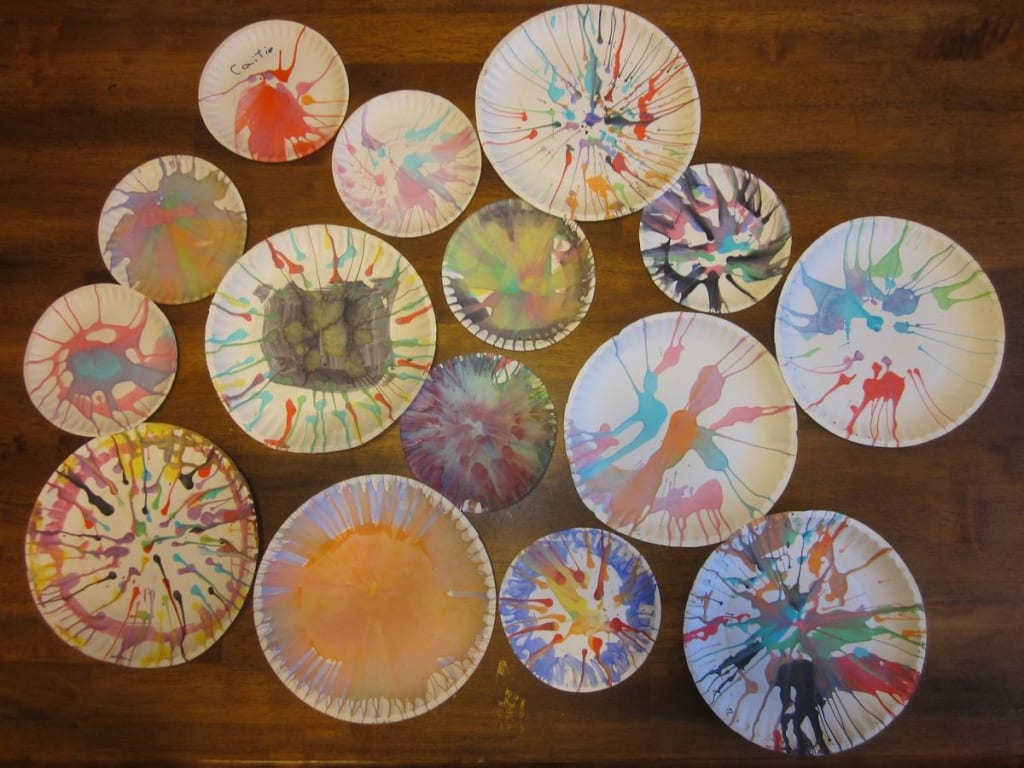"The Art's & Crafts Movement"
-Tashiqul Islam

The Arts and Crafts movement was a response to the mass-produced, machine-made goods that had flooded the market during the Industrial Revolution. The movement began in Britain in the 1880s and quickly spread to other parts of Europe and the United States. Its central tenet was the belief that the quality of an object was more important than its quantity, and that handmade goods were superior to those made by machines.
The Arts and Crafts movement was influenced by the Gothic Revival and the Aesthetic Movement, both of which emphasized the importance of beauty in everyday life. But while the Gothic Revival looked to the past for inspiration, the Arts and Crafts movement sought to create a new aesthetic that was modern and functional.
One of the key figures in the Arts and Crafts movement was William Morris. Morris was a designer, artist, writer, and socialist who believed that art should be accessible to everyone, not just the wealthy. He founded the firm Morris, Marshall, Faulkner & Co. (later known as Morris & Co.) in 1861, which produced furniture, textiles, and wallpaper. Morris's designs were inspired by medieval and Islamic art, and he believed that good design should be both beautiful and functional.
Another important figure in the Arts and Crafts movement was John Ruskin. Ruskin was a writer and art critic who believed that the Industrial Revolution was destroying the beauty of the natural world. He argued that artists and craftsmen should strive to create objects that were both beautiful and useful, and that the production of these objects should be guided by ethical principles.
The Arts and Crafts movement had a profound impact on the decorative arts, including furniture design, textiles, ceramics, and metalwork. The movement also had an impact on architecture, as architects such as Charles Rennie Mackintosh incorporated Arts and Crafts principles into their designs.
One of the most famous examples of Arts and Crafts architecture is the Red House, which was designed by Philip Webb for William Morris in 1859. The house was built using traditional construction methods and materials, and its interior was decorated with Morris's own designs. The Red House was a statement of the Arts and Crafts belief in the importance of craftsmanship and the value of handmade objects.
The Arts and Crafts movement also had a political dimension. Many of its proponents were socialists who believed that the Industrial Revolution had created a society in which the working class was exploited and the environment was degraded. They argued that the production of handmade goods by skilled workers could provide an alternative to the dehumanizing effects of industrialization.
The Arts and Crafts movement began to decline in the early 20th century, as the popularity of Art Nouveau and other styles grew. However, its legacy can be seen in the continued interest in handmade objects and the importance of good design.
In the United States, the Arts and Crafts movement was embraced by architects such as Greene and Greene, who designed homes and furniture that combined traditional craft techniques with modern materials and technology. The movement also had a significant impact on the development of the American Craftsman style, which emphasized simplicity, functionality, and craftsmanship.
The Arts and Crafts movement continues to influence design and art today. Many contemporary artists and designers are inspired by the movement's emphasis on traditional craft techniques and ethical principles. The movement's legacy can also be seen in the growing interest in sustainable and environmentally-friendly design.
In conclusion, the Arts and Crafts movement was a response to the dehumanizing effects of industrialization, and sought to promote the importance of handmade objects and good design. The movement's emphasis on traditional craft techniques and ethical principles continue to influence art and design today, and its legacy can be seen in the growing interest in sustainability and environmentally-friendly design.
About the Creator
Brain Upgrader
If you're interested to learn & upgrade your brain, welcome to my page. Hope you'll find and learn something new from here. Enjoy :)






Comments
There are no comments for this story
Be the first to respond and start the conversation.